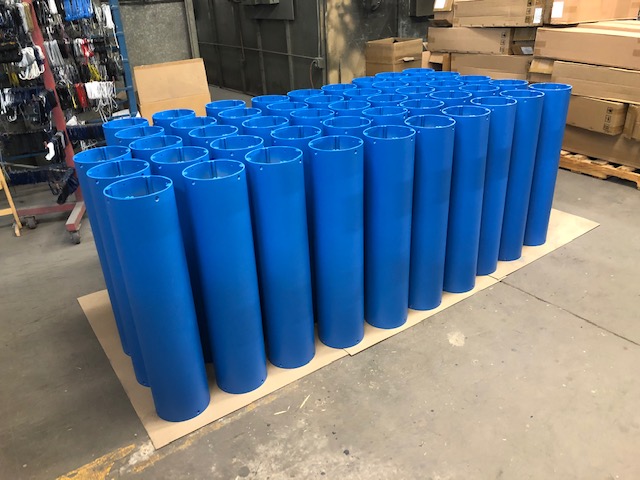MILITARY ∙ MEDICAL ∙ AEROSPACE ∙ ELECTRONICS ∙ SEMICONDUCTOR ∙ CONSTRUCTION
EMI, RFI, and ESD shielding are essential concepts in electronic design and manufacturing, particularly in ensuring that devices function properly without interference from external sources or internal malfunctions. Here’s a breakdown of each:
1. EMI (Electromagnetic Interference) Shielding
- Definition: EMI refers to the disruption of electronic devices caused by electromagnetic fields generated by other electronic devices. EMI can be caused by various sources, including power lines, radio towers, motors, and other electronic devices.
- Purpose of Shielding: EMI shielding aims to prevent electromagnetic waves from affecting the performance of electronic equipment. This is particularly important in sensitive devices such as medical equipment, telecommunications, and audio/visual systems.
- Materials Used: Common materials for EMI shielding include conductive metals (like copper, aluminum, and steel), conductive coatings, and specialized fabrics that block or absorb electromagnetic waves.
2. RFI (Radio Frequency Interference) Shielding
- Definition: RFI is a subset of EMI that specifically refers to interference caused by radio frequency signals. This type of interference can disrupt the functioning of radio, television, and communication devices.
- Purpose of Shielding: RFI shielding protects sensitive equipment from unwanted radio frequency signals that can distort data, cause loss of communication, or degrade signal quality.
- Materials Used: Similar to EMI shielding, RFI shielding can involve the use of conductive materials, metal enclosures, and specialized filters that block or reduce unwanted radio frequency signals.
3. ESD (Electrostatic Discharge) Shielding
- Definition: ESD refers to the sudden flow of electricity between two electrically charged objects caused by contact or an electrostatic field. ESD can damage sensitive electronic components, leading to malfunctions or failure.
- Purpose of Shielding: ESD shielding aims to protect electronic devices from electrostatic discharge by dissipating static electricity safely. This is crucial in environments where sensitive electronics are handled, such as manufacturing, testing, and repair facilities.
- Materials Used: ESD shielding materials often include conductive plastics, coatings, and films that can dissipate static charges. ESD-safe workstations and packaging materials are also designed to minimize the risk of ESD events.
Summary of Differences
- EMI deals with general electromagnetic interference from various sources.
- RFI is specifically concerned with interference from radio frequency signals.
- ESD focuses on preventing damage from electrostatic discharge.
Implementation of Shielding
- Design Considerations: Effective shielding requires careful design considerations, including the selection of materials, enclosure design, grounding techniques, and ensuring continuity of conductive paths.
- Testing: Shielding effectiveness is often tested using various standards and measurement techniques to ensure compliance with regulatory requirements and to guarantee the performance of electronic devices in real-world environments.
Understanding and implementing effective EMI, RFI, and ESD shielding is crucial for the reliability and performance of modern electronic systems.
POWDER COATING PHOENIX
STP Performance Coating provides the best powder coating services throughout the Phoenix, Arizona area in including Glendale, Tempe, Scottsdale, Laveen and more…


